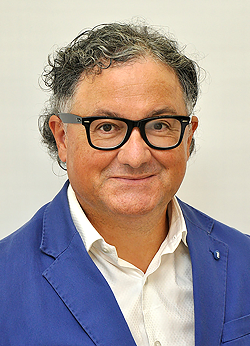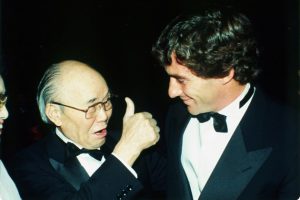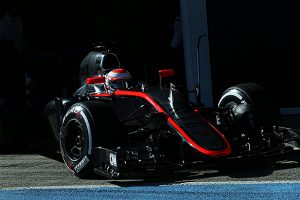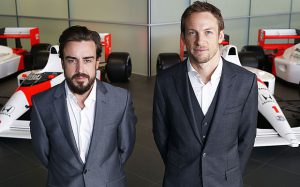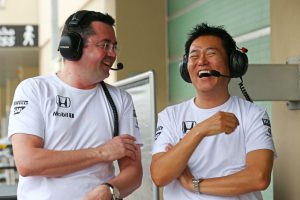The link between innovation and Motorsport has been typically associated with the technological developments that increase performance and safety. Often, throughout recent decades, top level championships have been working as a challenging and effective research & development testing field. Several topics related to energy efficiency and preservation have been addressed by Motorsport regulatory technical boards, sometimes attracting interest and investments by major automotive manufacturers: at stake not only the technological research but also the brand association with a more sustainable way to conceive not simply automotive but mobility overall.
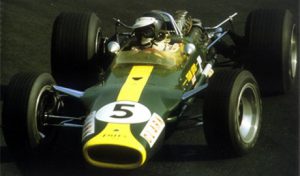
The Motorsport sustainability model: four factors
It is a matter of fact that Motorsport in order to survive and possibly grow (within an ever changing social, economic and market dynamics), cannot look at a sustainability operational model only from innovations linked to technology (no matter the amount of investments made by major manufactures), there are also at least three other factors that require dynamic innovations in order to make the overall Motorsport operational model sustainable: business, entertainment and passion for the sport (simply stated in alphabetical order).
While working on the research for a new book ( www.fasttrackinnovation.it ), I have been reading many first hand accounts related to the developments of Motorsport during the last 50 years and with colleagues I have integrated this with direct interviews to key players from the frontline or behind the scenes. So far we have been focusing mainly on the European context branching out into the USA and Indian ones. All of this has brought me to further appreciate the times (60s, 70s) when the equation of the four factor appeared to be set, in my opinion, along this order of relevance: passion for the sport, business, entertainment and technology.
Without passion no teams, manufacturers and drivers alike would have contributed to developing the popularity of the sport to date. Ferrari arose from a sense of passion rooted in the early car racing within Modena and its surrounding areas. Within Britain the Motorsport Valley arose from that passion that made overcome the necessity to squeeze at best all of the resources available to compete at the best possible levels. This passion fueled the rise of business and eventually an industry related to Motorsport.
Business in itself required to keep attracting attention and capitals from investors (back them mostly related to the automotive industry itself), hence the focus not only on technological advances (which pace of development was in relative terms much slower than the current one) but also on entertainment. Actually, it was important to manage at best this entertainment factor edging between gruesome danger claiming many lives (before Jackie Stewart’s determination to lobby to concretely improve safety) and glamour (back then Montecarlo was truly the top of game on this). Technology had no doubt its part but overall its influence was quite relative at a time when the influence of pure mechanics came ahead of rising aerodynamics concepts and the concept of applied electronics was still in its very early infancy to say the least.
Within all of this framework I found quite timely and intriguing a Motor Sport Magazine August 2015 Editorial by the title ‘From Jim Clark to Formula E’http://www.motorsportmagazine.com/magazine/from-the-editor/from-jim-clark-to-formula-e/ . It articulates the link between two extremely different Motorsport eras, yet eras that once again necessarily have to deal with the same four factors: business, entertainment, passion and technology. Innovation is needed within the overall business operational model featuring these four building blocks. At stake is the overall sustainability of Motorsport itself.
Innovating the four factors to sustain survival and growth
To innovate it means to develop creative ideas (not necessarily original, they can also represent a marked evolution from previous ones or ideas integrally coming from different fields) into concrete results. As Formula E exemplifies, innovation in technology is already in action fueled by overall technology sustainability and branding focuses by major automotive players. In my opinion key innovations are needed within the dynamics of the other three components that are all integrated and interlocked depending on a single key element: reignite the passion for the sport by target audiences.
There are many social, demographic and economic factors that lowered and are lowering that passion; yet it all can be related to a lessening of the entertainment appeal. Racing can still be quite thrilling and exciting (without lowering the safety standards that arguably have at time reached levels of excesses at the expense of the sport), yet nowadays are passion for the sport and entertainment the actual factors of focus for a sustainable business development? Within these dynamics there is the need to outline a model visionary enough to overcome the short term focus creating an overall sustainability well beyond the short term. Innovations relevant to the factors that have the most leveraging power for sustainability need to be implemented.
The right kind of leveraging?
I came to similar conclusions last year when I had the privilege to participate and enjoy a program that allows fans to fuel that passion by lapping at Daytona tri-oval with a Nascar (after that I have come to appreciate that racing on ovals is not simply making boring rounds! At this link a report on the experience…http://www.riccardopaterni.it/always-new-fun-challenge-this-time-lapping-at-daytona-with-nascar-at-265-kmh/ ). This is an example of innovation in programs that keep enriching fans’ passion (the program I attended begun a few years back yet no doubt represented a targeted innovation with specific industrial and commercial investments).
In addition, still in Daytona, I saw with my own surprised eyes the focus on making it easier for fans to access track entertainment: high-tech elevators being built to reach the top of the imposing world famous checkered grandstands: the show easy to reach (and at alluring prices). It does not matter if many of us observe that within the USA racing scene technological innovation is basically not existent from our European perspective. Passion for the sport is fuelled as well as entertainment and this makes it more concrete and reachable to develop a business model that, among unavoidable up and downs, keeps Motorsport as a sport and an industry in continuos development in the USA.
Is this the right kind of leveraging power to be utilized also in Europe? The debate is no doubt wide ranging, yet resolutive action overrides many of the sterile debates we are often so effective in articulating.
CHECK FOR FURTHER COMMENTS AND UPDATES ON THIS ARTICLE PUBLISHED ON LINKEDIN
